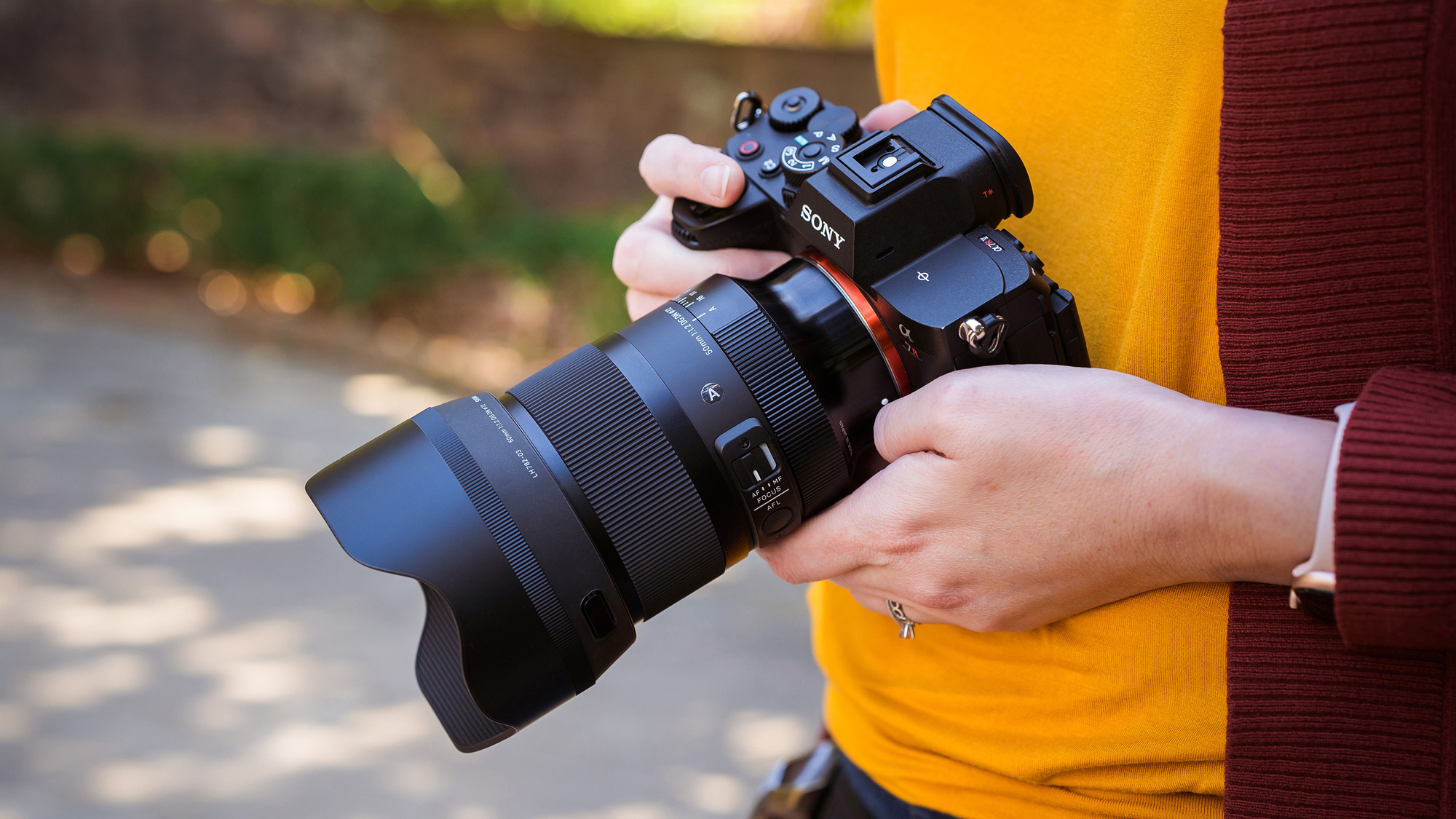Alright, get ready because I have some FEELINGS here…
When I first reviewed the SIGMA 50mm F1.4 DG DN | Art in 2023, I thought to myself “The only way SIGMA could make this any better is if it was a 1.2 and had a closer minimum focusing distance.” But then I thought, “Which is totally impossible, that lens would have to be humongous and it would weigh like five pounds alone with all the glass in it.”
Yet here I am a year later… with exactly what I wished for, and it’s not huge or heavy.
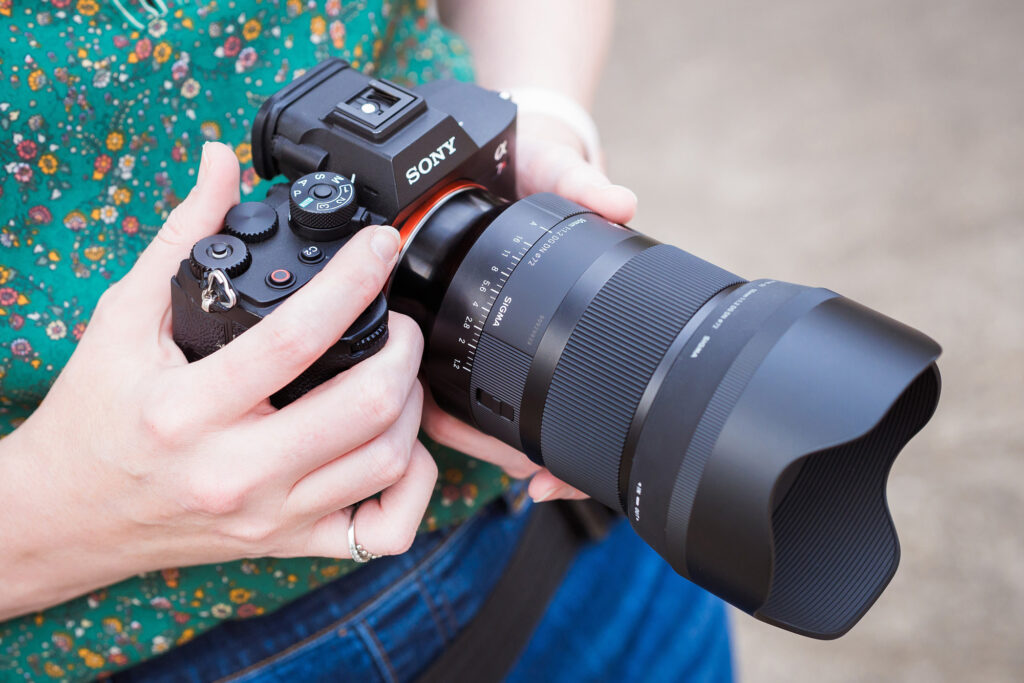
First impressions of the 50mm F1.2 DG DN | Art
Straight out of the gate, SIGMA has completely outdone itself. This lens is compact, it’s light, it doesn’t have huge front glass or too wide of a barrel to fit in my bag, and it encompasses every aspect of quality that I’ve come to expect from SIGMA’s Art line. The new SIGMA 50mm F1.2 DG DN | Art feels well-built despite not being heavy, it focuses tack sharp even though the depth of field is practically nothing, and it’s so incredibly fast to focus that it feels instantaneous. I feel spoiled in expecting that now because all SIGMA’s Art lenses are that much of an instant focus. It sure wasn’t that way when I started my career 20 years ago!
Construction and optics
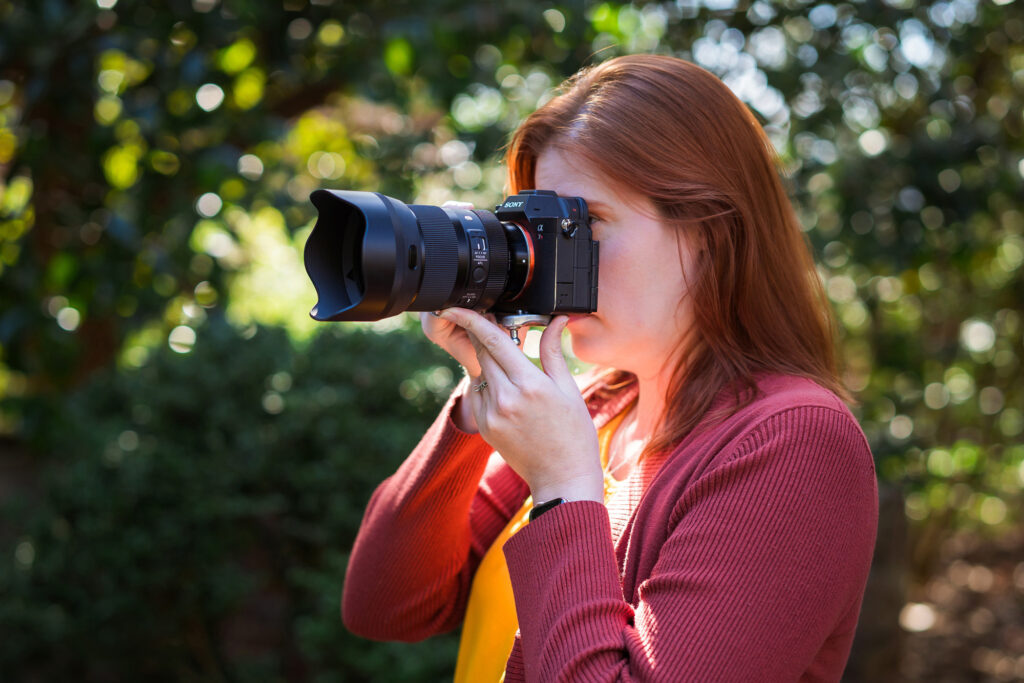
This lens weighs in at 740g which is equivalent to about 1.6 pounds. This is shockingly compact for a 1.2 lens because you would expect it to have a ton of glass in there and need to move all that around so it would have a heavier motor as well, but this lens doesn’t have any of that. It is 100mm tall which works out to about 4 inches, which again to me is shockingly compact for 1.2 lens. It has two HLA focusing motors which means that it is pretty much silent and focuses nearly instantaneously. It’s quick, but it’s accurate as well, which to me is pretty crucial especially when chasing around toddlers. This lens has 13 rounded aperture blades and it’s minimum focus distance is 40cm which is about 8 inches off the front of the hood.
Physical lens features
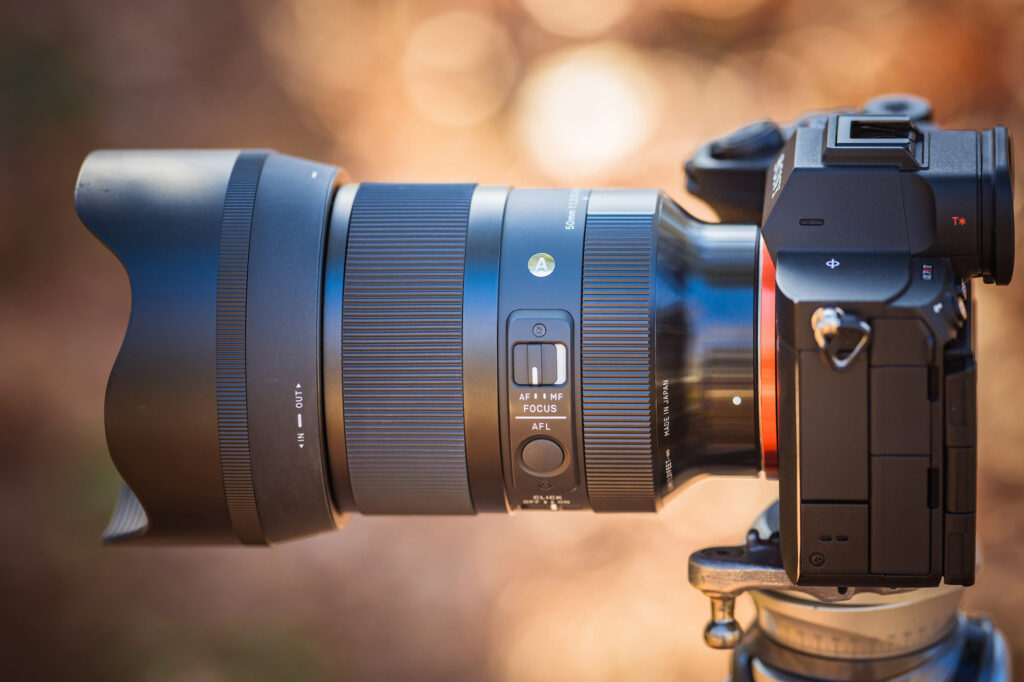
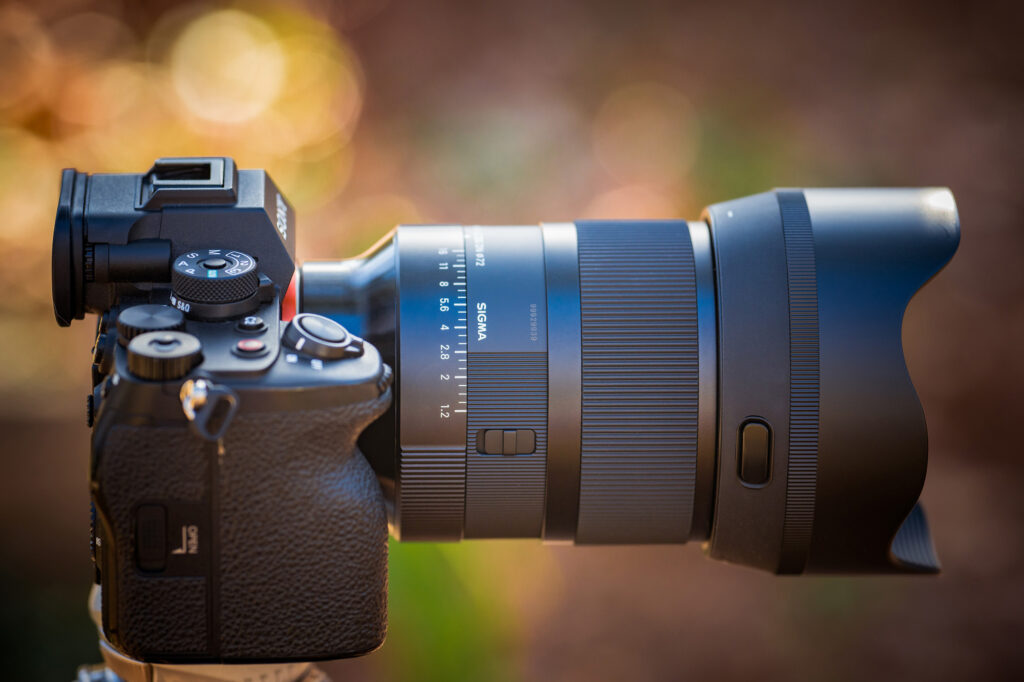
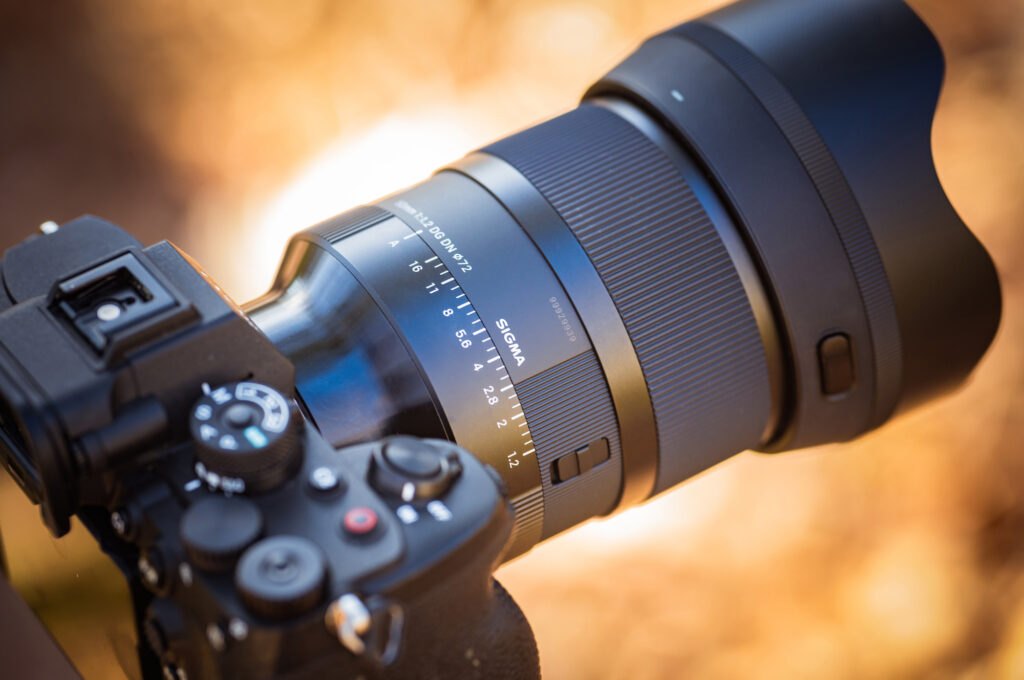
It has all of the switches you would expect on an Art line lens. There is a switch that controls manual and autofocus, a button for autofocus lock that can also be programmed in the camera to do whatever you like, and we have a click on/off switch which controls the clicking of the aperture ring. So if you wanted it to click when turned for feedback you leave that on, and if you’re doing video work then you’d turn that off so that it’s not audible in your videos. On the other side of the lens is the aperture ring lock so that you can lock it to manual aperture control, or move it to “A” and control your aperture in the camera while the lock prevents it from moving.
Representing the Art line (and all those other abbreviations)
The 50mm F1.2 DG DN | Art is quite a mouthful to say, but what do all those letters mean? DG means that it is designed for a full-frame sensor (although it can be used on a crop sensor body with a narrower angle of view). DN means that it is designed for mirrorless cameras specifically. This means that they can be smaller and lighter, and generally more compact then their DSLR designed counterparts. Art is the category of lenses, one of three distinct lines… Art, Sports, and Contemporary. The Sports line is for longer lenses and rugged all-weather capability. The Contemporary line is for very compact lenses that are easy to travel with and more affordable. And the Art line is top-of-the-line for sharpness and quality in an image.

It’s a SIGMA Art line lens which you can fully expect to be constructed of the absolute best materials while still keeping it light, you can expect it to be dust and splash resistant because it’s sealed with rubber gaskets at all the ingress points, and you can expect the sharpness and quality of the image to be top-of-the-line. This is something I’m incredibly picky about, especially because I do pictures of running children. If it’s not in focus, I can’t sell that image.
While using this lens for photos, I did not see any recognizable vignetting, and the edge-to-edge sharpness is completely perfect as I would expect from a SIGMA Art lens. I personally don’t photograph clients at the edge of the frame, but it’s nice to know that if I were using it for landscape photography then it would be sharp all the way through, side-to-side and top-to-bottom.
Testing the 50mm F1.2 DG DN | Art
Close focusing
When I wished for closer focusing distance, I certainly received it. This one comes in at just 40cm from the sensor, which works out to about 8 inches in front of the lens hood. That’s 3 inches closer than the F1.4 version, which doesn’t sound like a big difference on paper, but it makes a big difference to me.
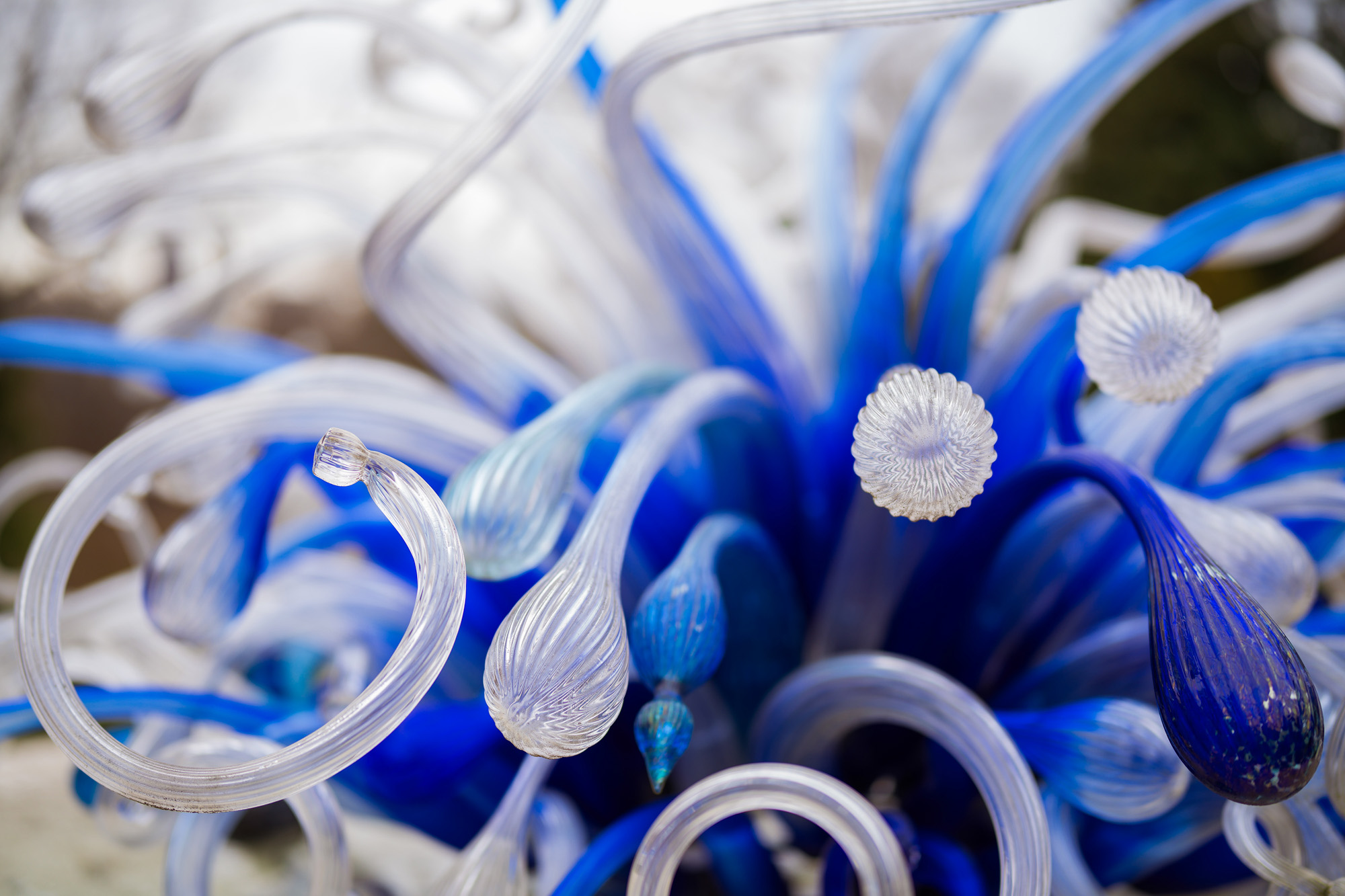
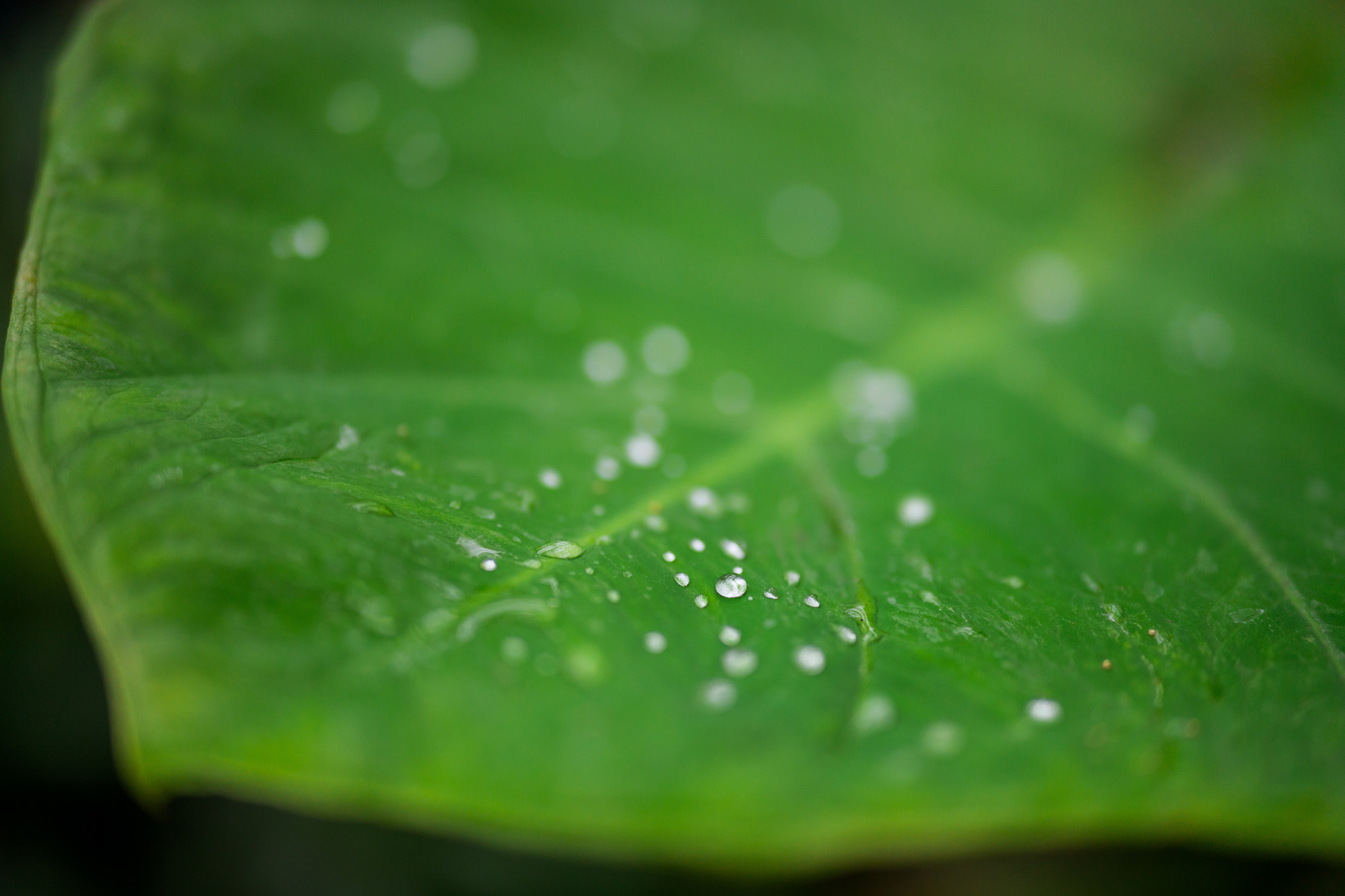
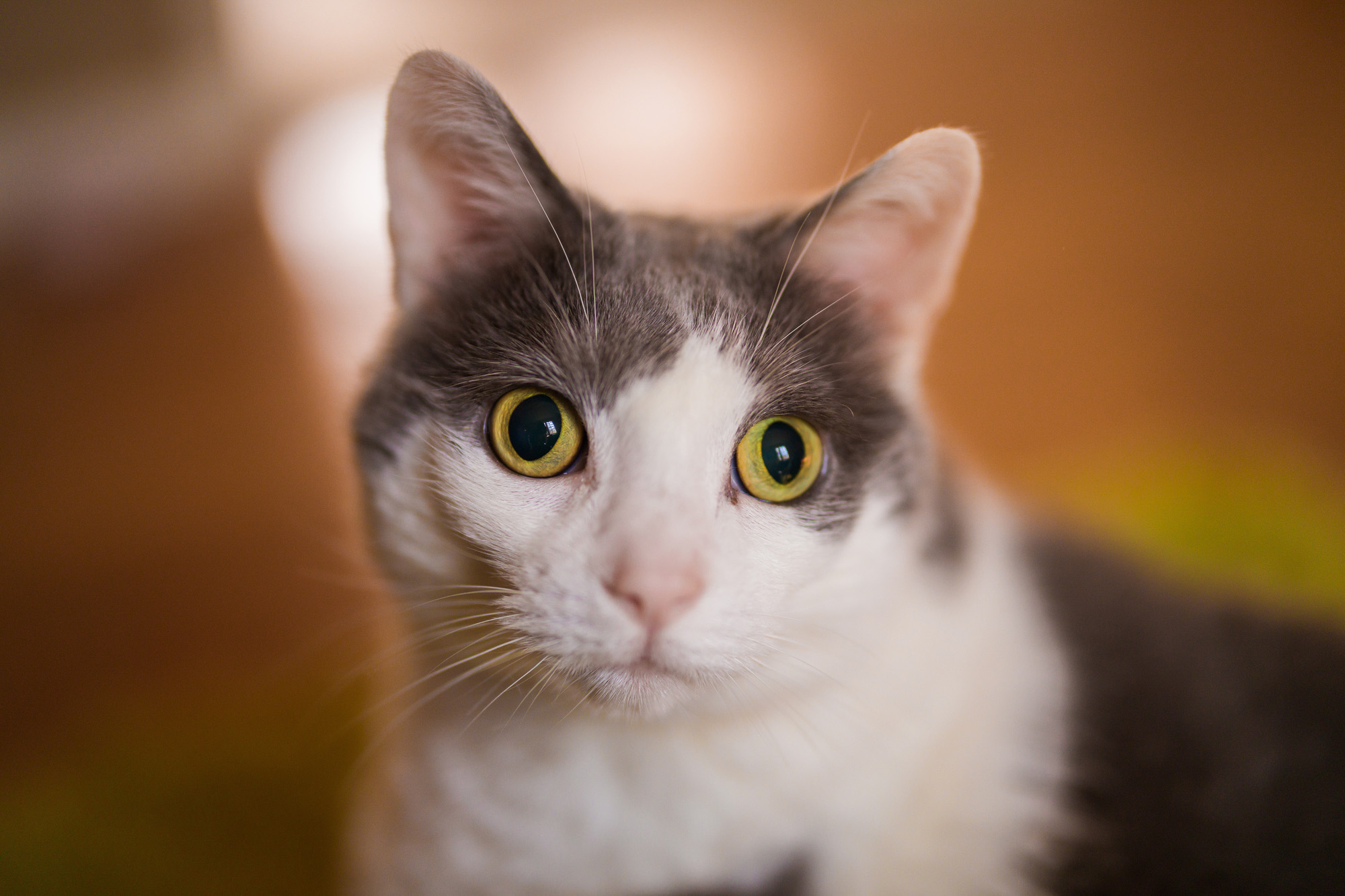
Now, combine that with a F1.2 shallow depth of field, and what you end up with is something very unique. Focusing 8 inches from a human subject isn’t very flattering, however other subjects are downright magical. Flowers look amazing and dreamy, animals have a sharp eyes and great focus fall off, etc. It’s not quite macro, but it’s ART. I really want to accentuate this feature a lot because to me it’s what makes this lens behave so uniquely.
Low Light
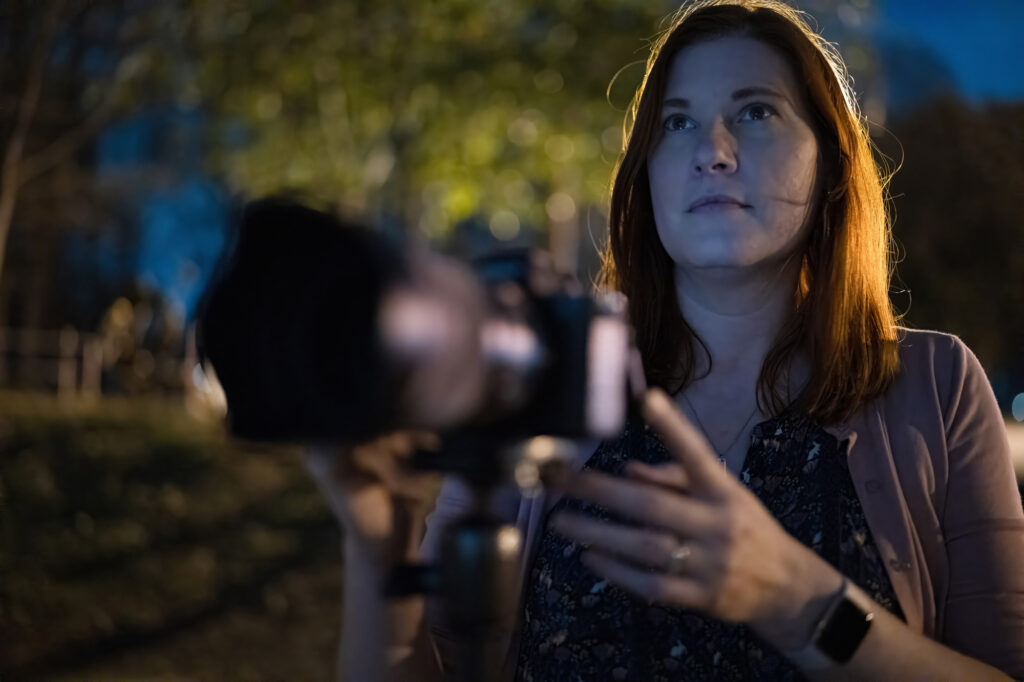

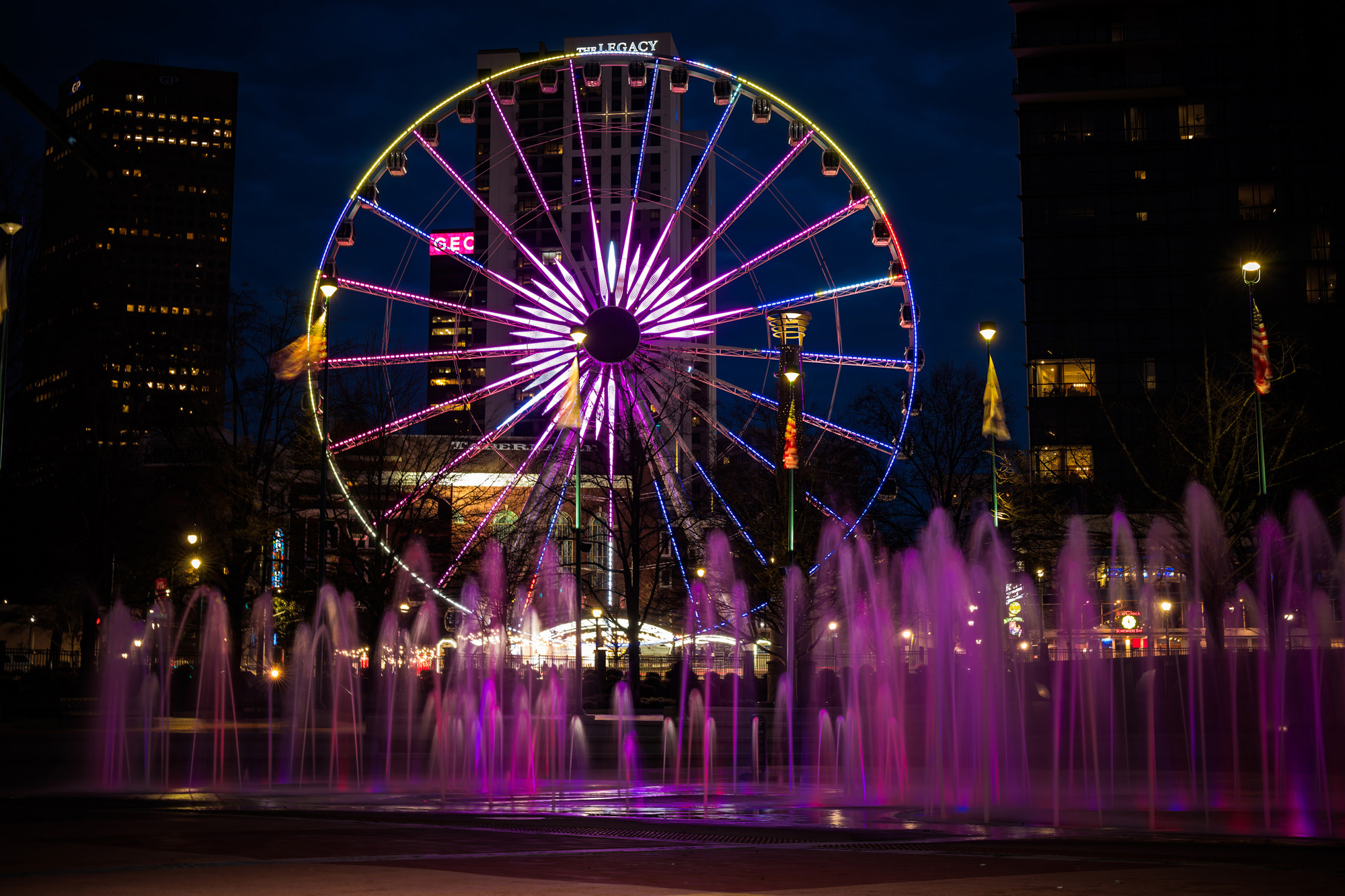
At F1.2, more light can reach your image sensor, which means you are able to use a lower ISO in whatever situation you’re photographing, which means that you end up with less noise in your photo overall. To me, that’s only important if the lens will actually focus in low light, which this one does beautifully. I’m often in a situation where I am finishing up a session with a child and it’s a little darker than I’d like because the sun has set (because we have taken so long, because children don’t have a schedule). Frankly, I’m not using manual focus on a toddler that’s running around, and a lens that hunts back-and-forth for focus is entirely useless for me, no matter what else it has going for it. If that image is out of focus, I can’t sell it!
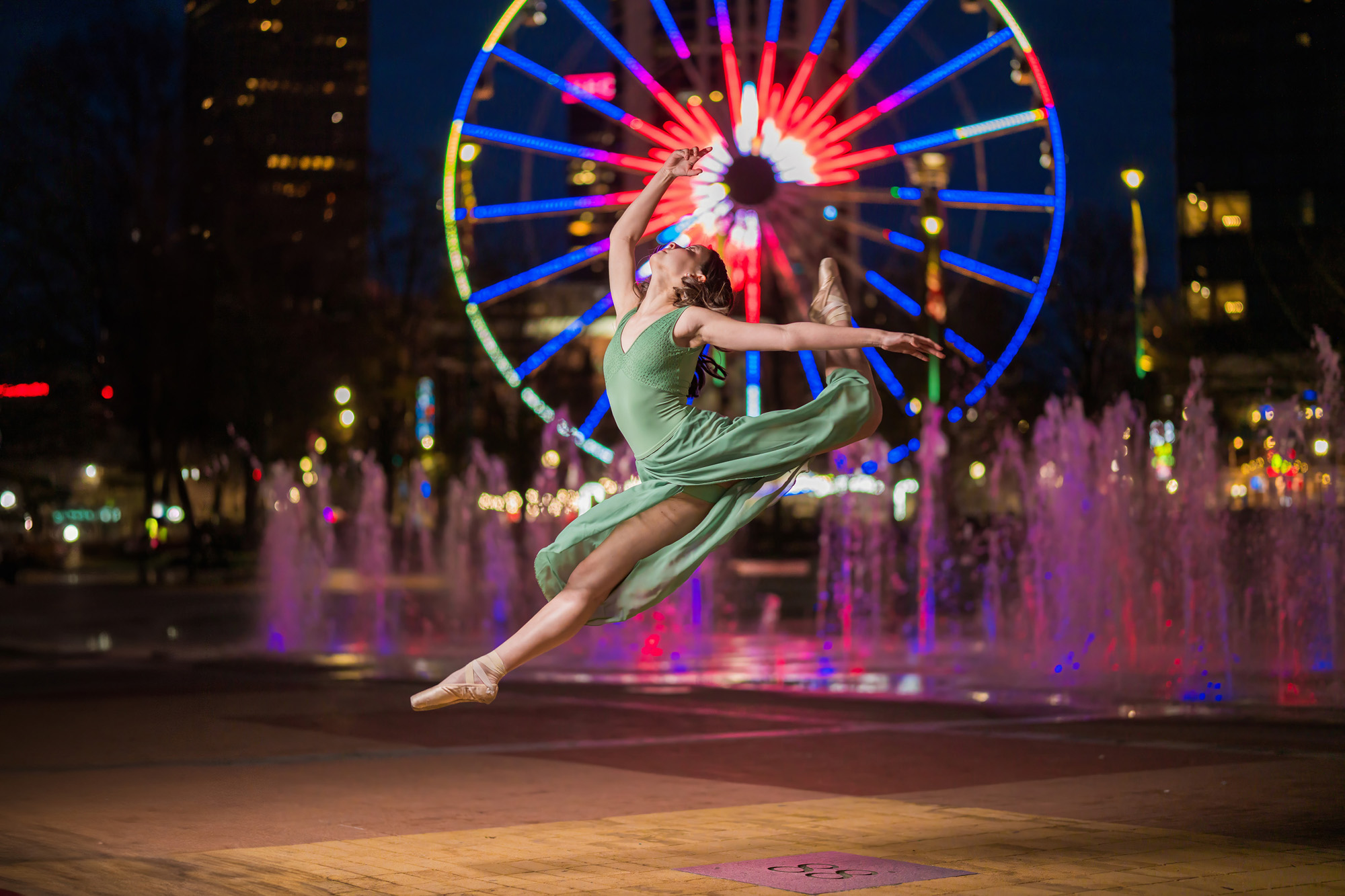

This lens does not hunt and did not have any problems focusing in low light situations. I had it out in the absolute dark and lit only with a Nanlight Pavotube or a dim streetlight, and it still had zero trouble with autofocus. This also means that I can shoot in locations that were previously either too dark or too small for me to use with my other lenses (like in clients’ homes), while still keeping my same look and style for final images.
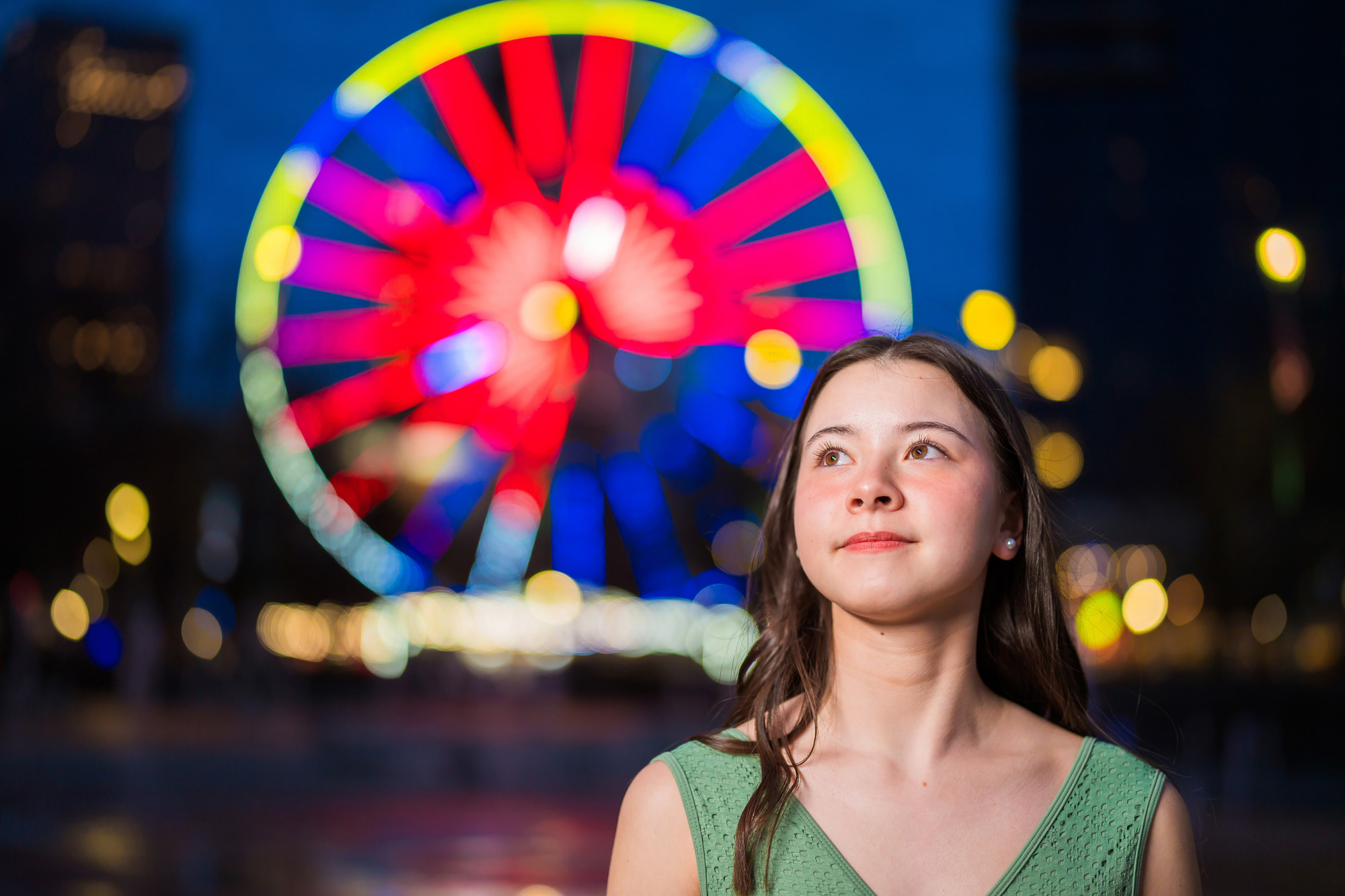


The bokeh

Of course, no review about a F1.2 lens would be complete without an entire section about the bokeh. That’s pretty much the main reason to buy a F1.2 lens! Bokeh refers to the out of focus elements behind the subject in your image. This includes the general blur of the background and it’s smoothness, but also the shape of the points of light that are out of focus as well. This is determined the shape and number of aperture blades a lens has. Some lenses with few aperture blades produce a polygonal shape, which is generally undesirable.
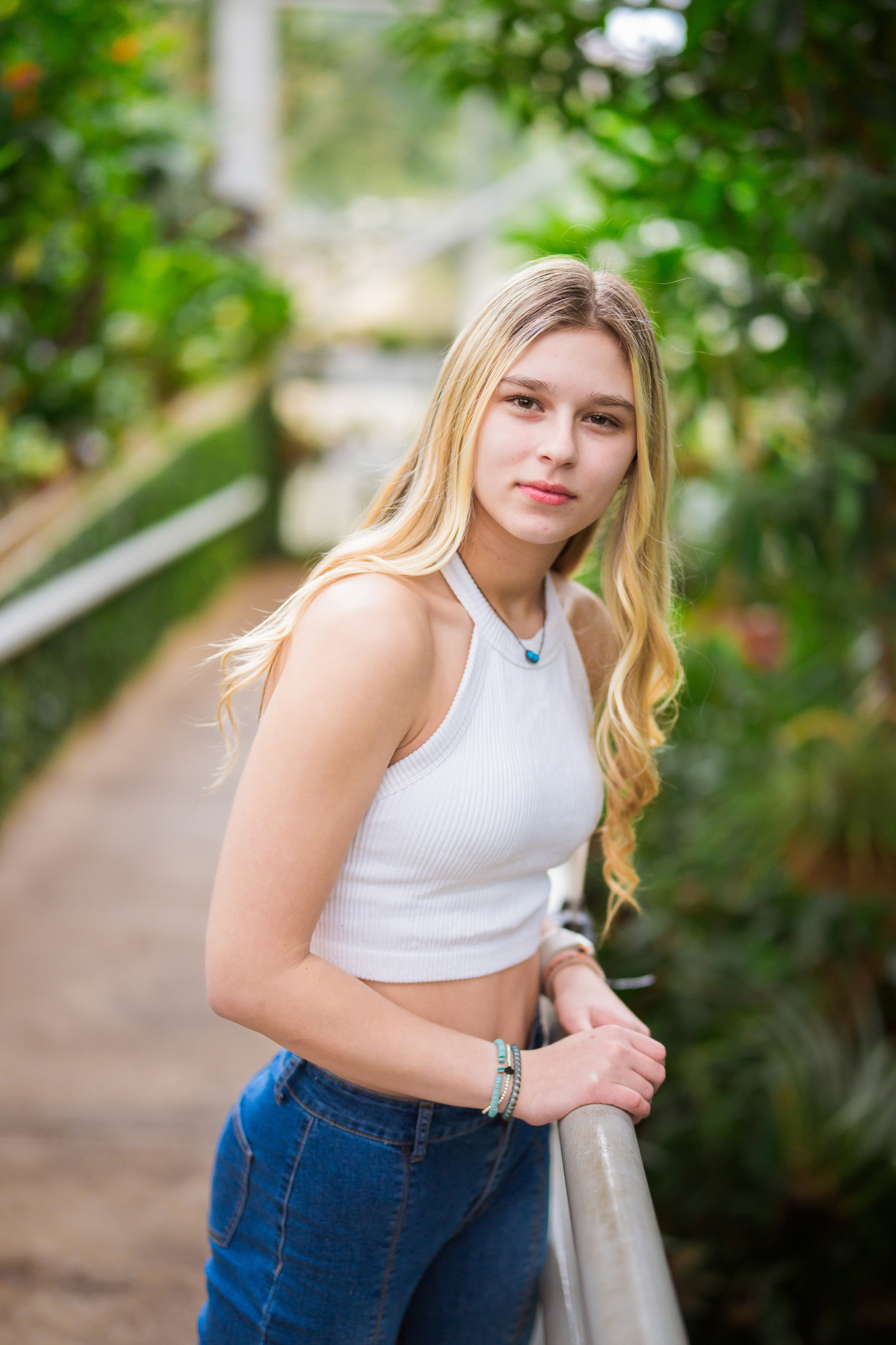
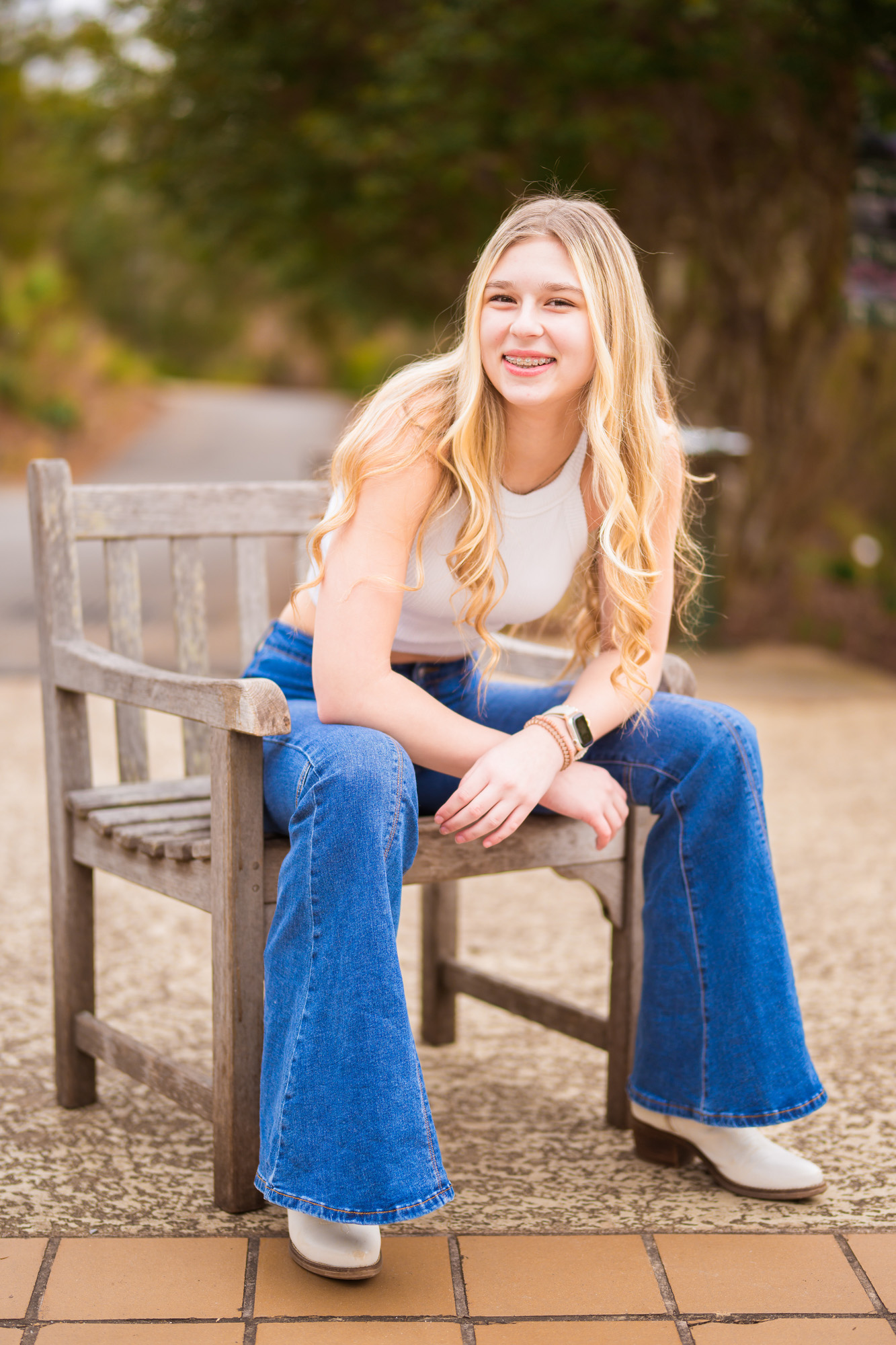

With its 13 aperture blades, this lens produces extremely round, circular bokeh in the background light points. It also produces very smooth, soft general blurriness in the rest of the background. This is super important to portrait photographers and desirable for setting your subject apart from the background. You want a background that looks smooth and has nice transitions in the colors. This lens makes some of the softest, smoothest blur I have ever seen, and I’m super picky about the lenses I use for exactly that reason.

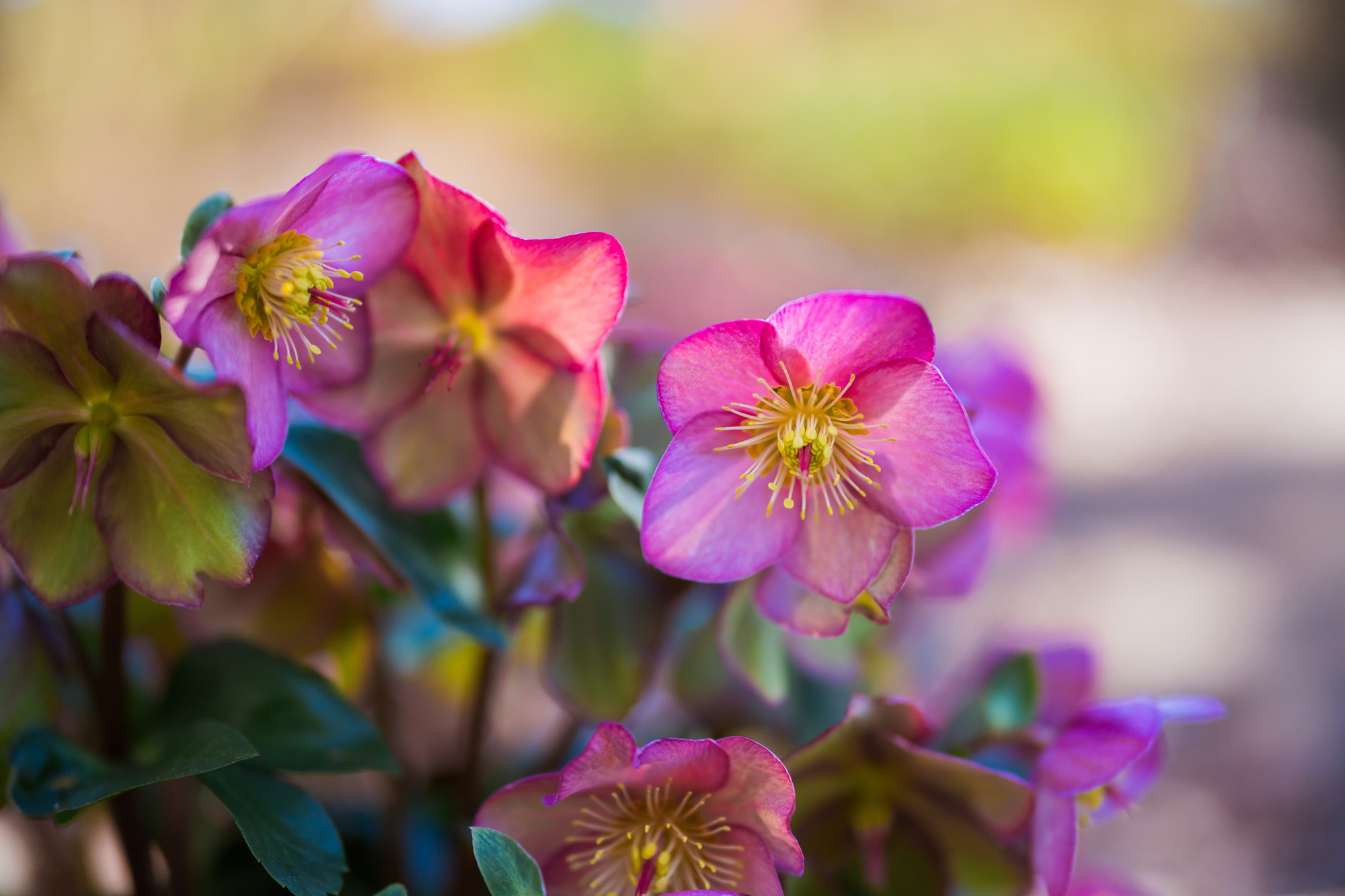
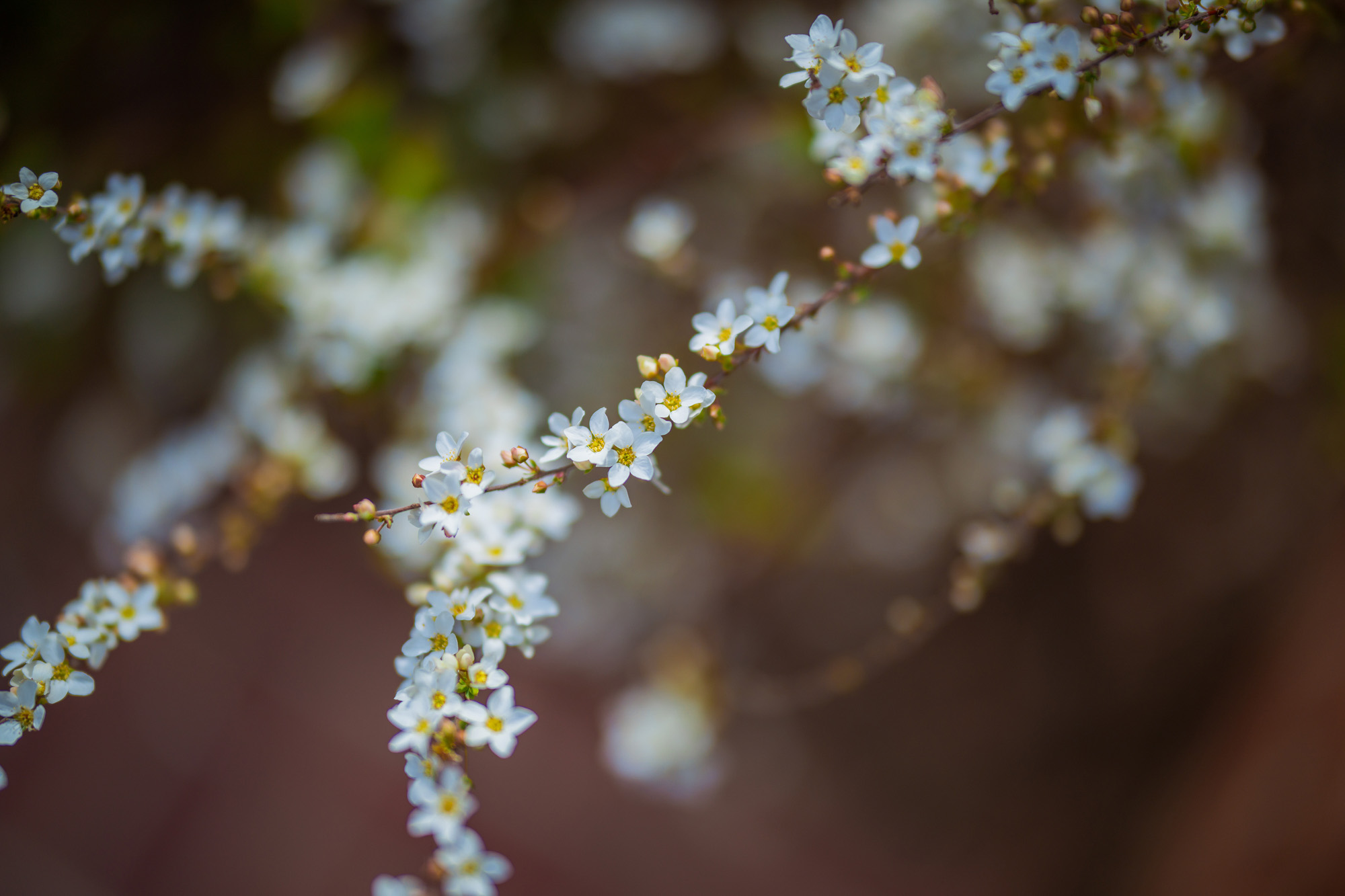
Direct light / backlighting
Another thing I noted when testing this lens that I liked are how it behaves with direct light into the lens. Namely, flare, ghosting, and sun stars. Try as I might, I absolutely could not get this lens to give me any ghosting when shooting toward a light source. It just would not produce any sort of colored spots on the the image at all. Even when pointed directly into the sun, all I got was a pleasant halo of light on a small portion of the image. It didn’t get hazy or diffuse the way some other lenses do. At smaller apertures, I found that this lens gives the prettiest sun stars ever! Not just for the sun, but it also is lovely at night for headlights and city lights!
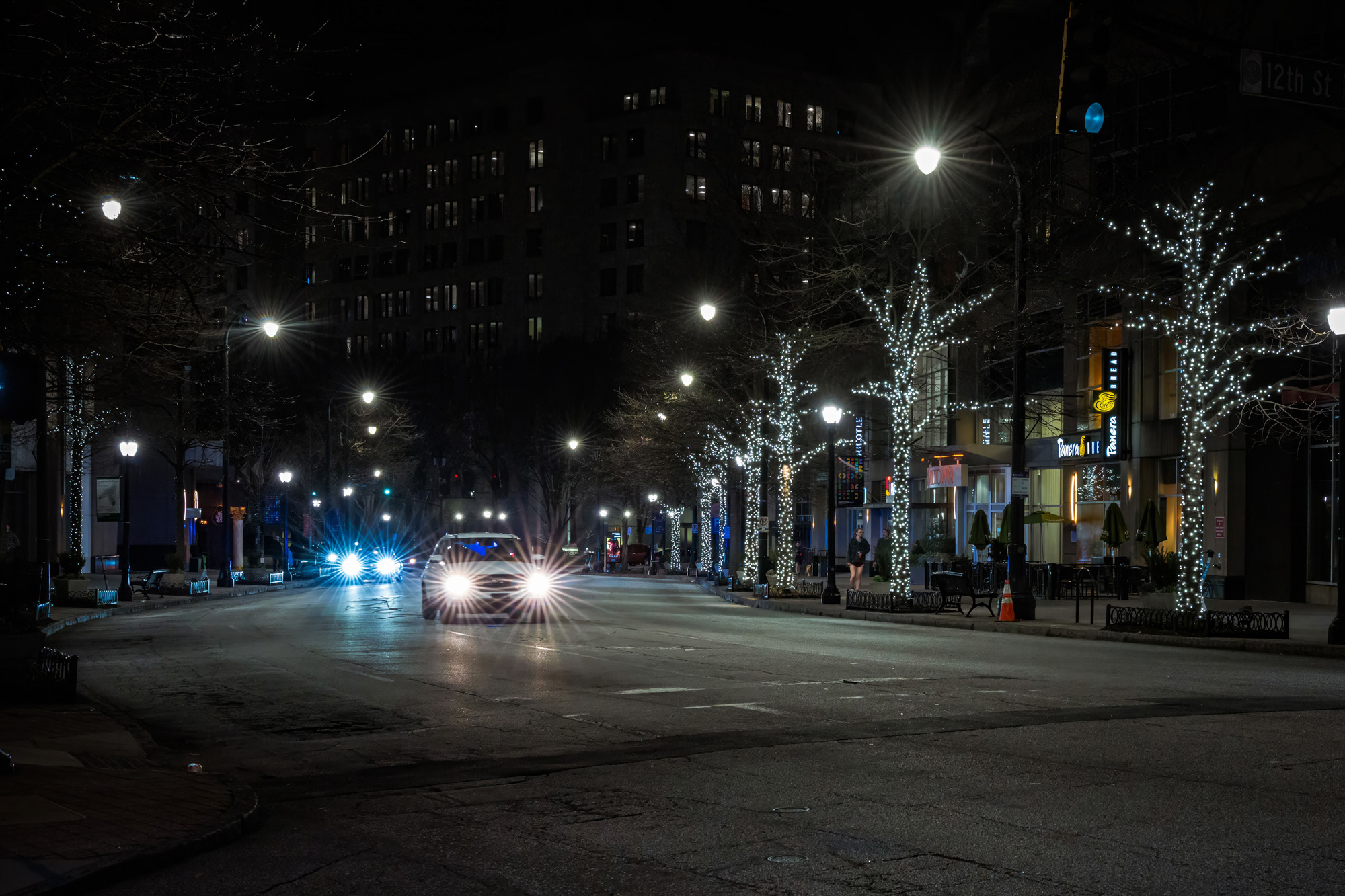

Compared to the 50mm F1.4 DG DN | Art
I know that comparing this lens to the 50mm F1.4 DG DN | Art that was announced in 2023 are completely inevitable, so let’s look at that. You can see here side-by-side they are nearly the same size with the F1.2 version being just slightly wider, and they are nearly the same weight with the F1.2 version being only slightly heavier.
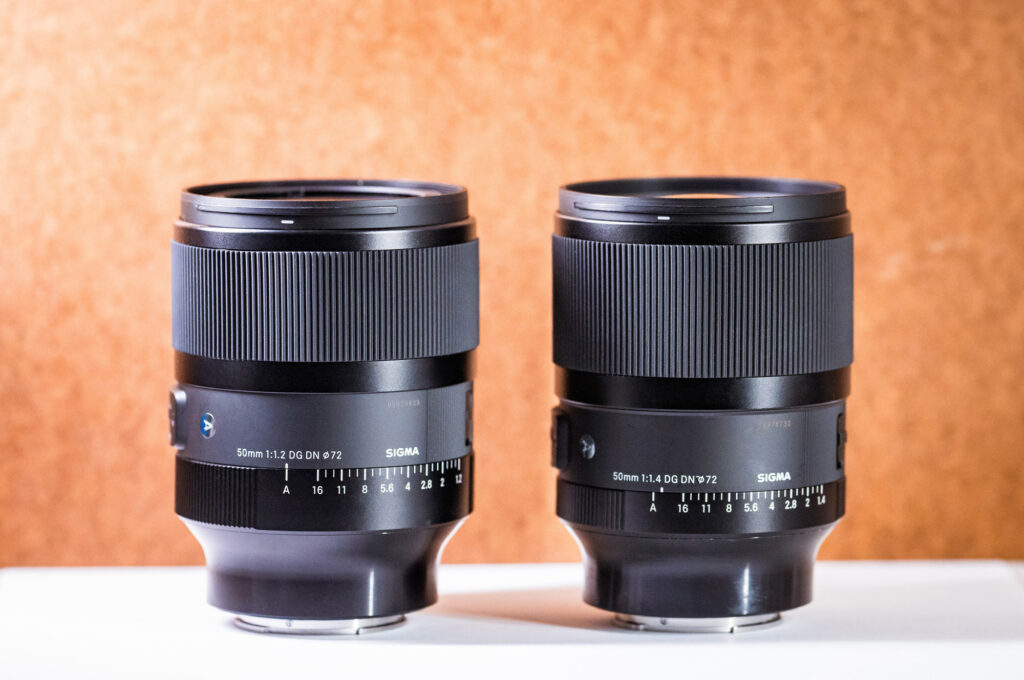
Other significant differences: obviously one is F1.4 and the other is F1.2, so you get slightly better low-light performance and blurrier backgrounds with the F1.2 lens. The F1.4 version has 11 aperture blades while the F1.2 version has 13, so the quality of the background blur is improved with the F1.2 version. And naturally, the F1.2 lens is more expensive. So would I buy the F1.2 over the F1.4?
Absolutely. I often encounter situations where I need a closer minimum focusing distance than the 85mm F1.4 DG DN | Art lens that I use for portrait shoots, and with a 50mm lens, I have that flexibility. The 50mm F1.2 DG DN | Art has a close focusing distance of just 38mm, and although that’s only a small difference compared to the F1.4 lens, it makes a big difference in the bokeh behind my subject. For many, the 50mm F1.4 DG DN | Art is a more practical option, with similarly excellent performance at a lower price, but the added benefits of the F1.2 lens make it worth the extra money to me.
What this lens means for me
For portraits: I prefer a lot of bokeh in the background of my images. I like a lot of blur, because to me, it feels more magical. Usually I can only achieve that if I place my subject far away from what they’re standing in front of, making it difficult to shoot in smaller spaces. This lens being F1.2 means that I can use smaller spaces and still get that magical feel, opening up a whole new set of locations for me. It also means that I can get better quality images at lower ISO in darker spots, again opening up more locations to me. Places that have been previously too dark or too confined are now available to me.



For nature photos: I have tried for years to take nature pictures with a really magical feel, while still being able to frame an entire flower or branch or whatever. I love my macro lens for super close images, but at F2.8 it doesn’t really get super magical when I back up. This lens sure does, though! Finally I can get everything I want!

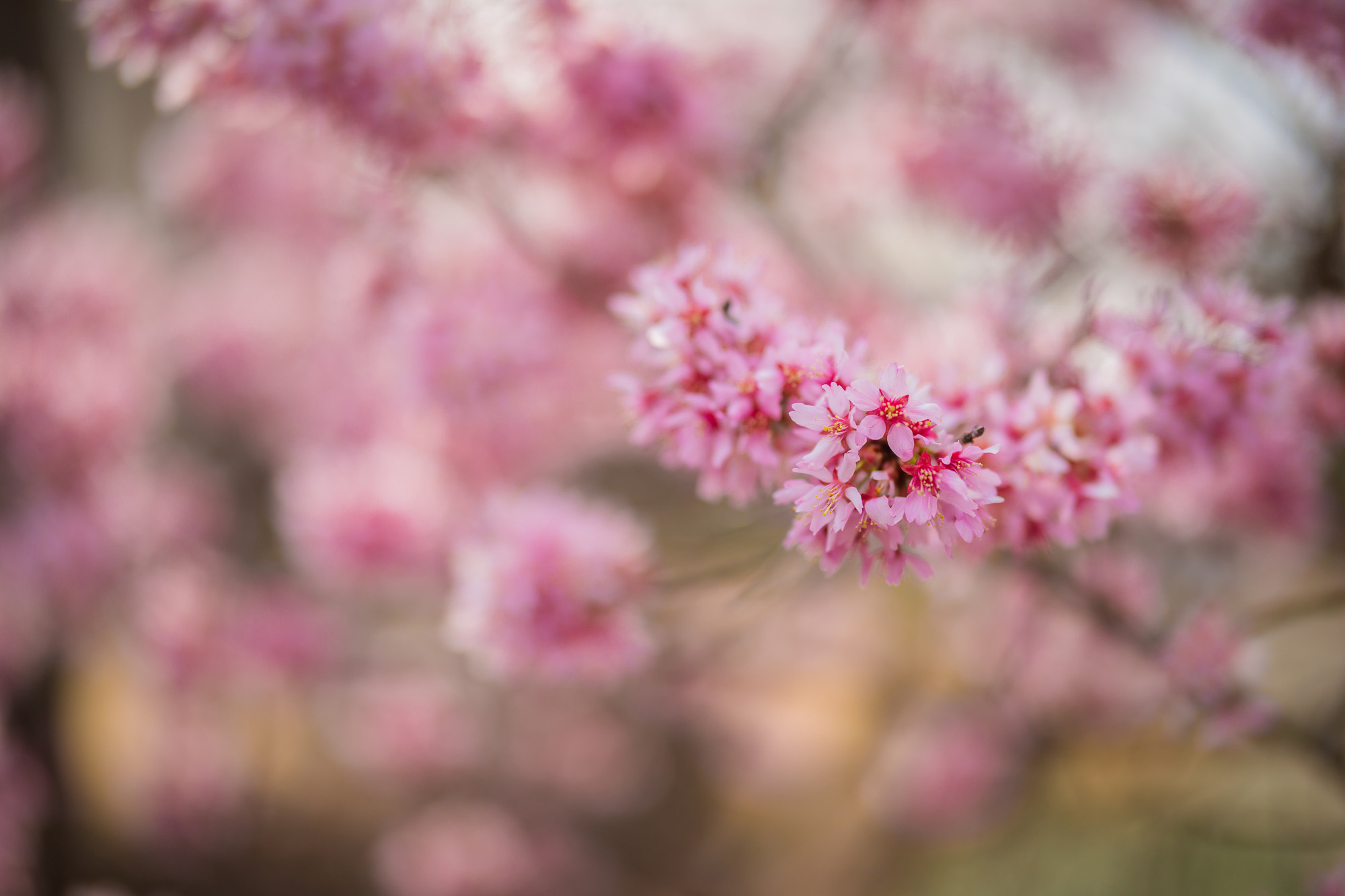
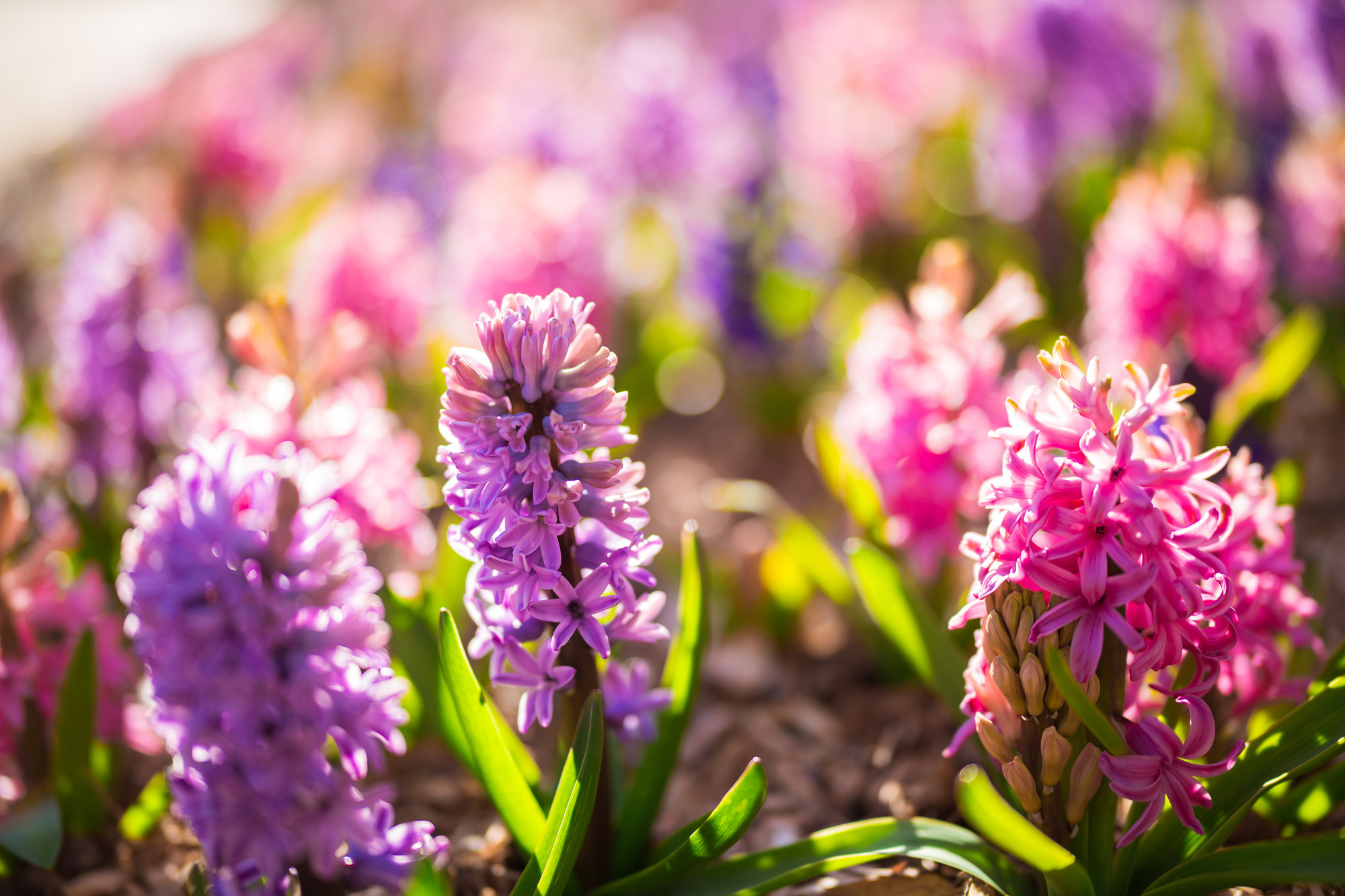
All of the above looks good on paper, but it really doesn’t convey how this lens feels to use. I wrote in my previous review about how the 50mm F1.4 felt like coming home, and the SIGMA 50mm F1.2 DG DN | Art seriously just did it all over again, but 10 times that feeling. I immediately loved it, immediately told my SIGMA supervisor that he was not getting this lens back and that he was going to have to pry it out of my cold dead fingers, and it has quickly become the favorite lens that I have worked with and use currently.
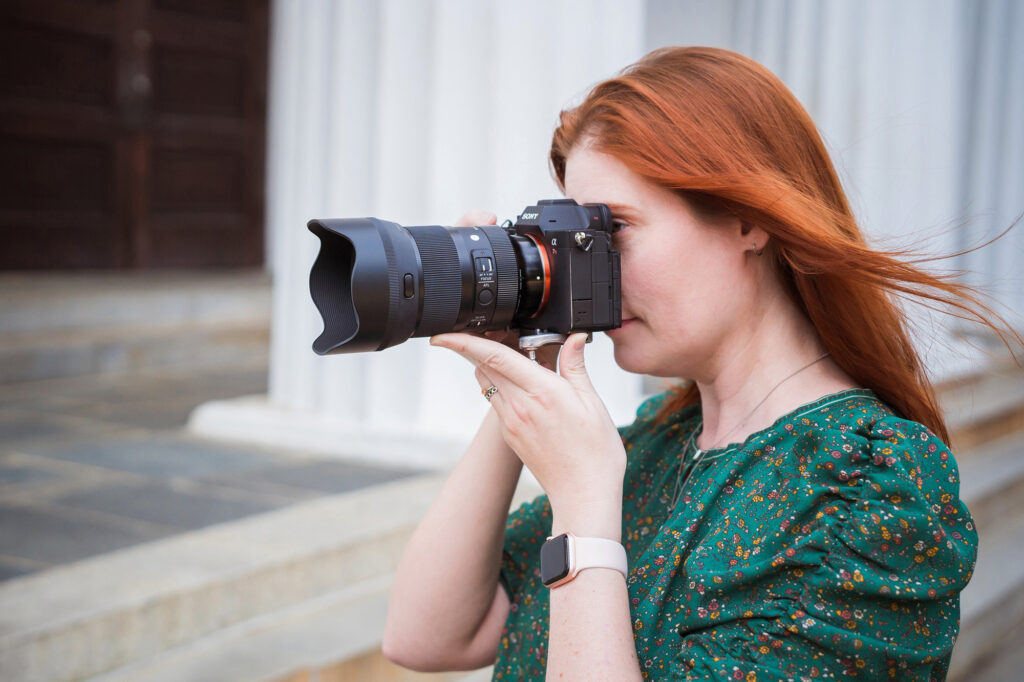
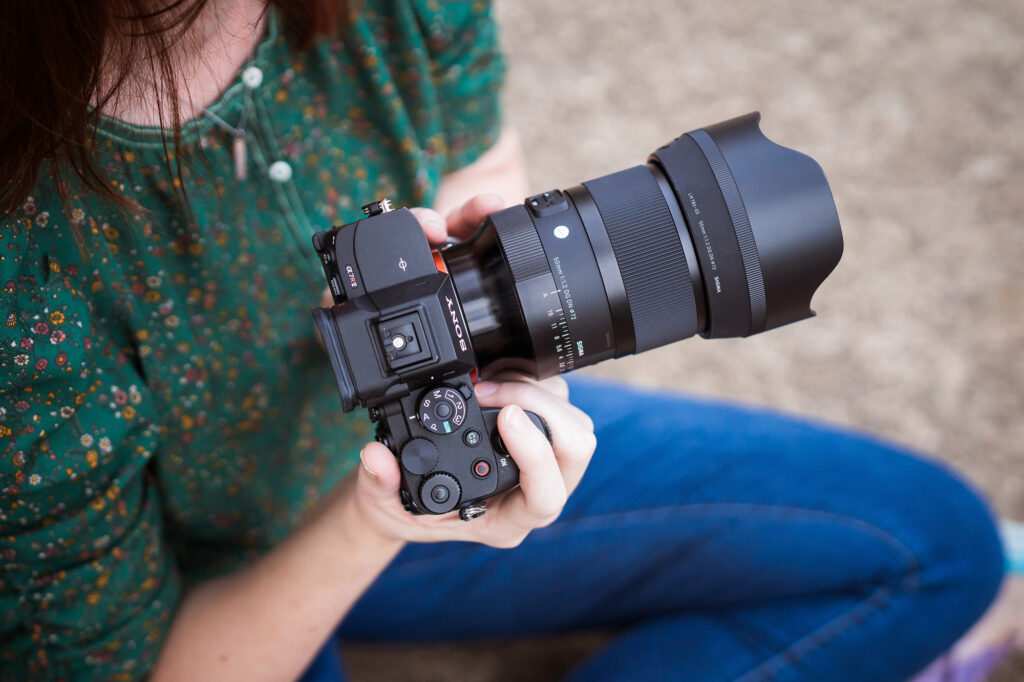
In fact, not only is this lens my current favorite of my modern lenses, but I think it might be the best lens I have ever used in my entire 20 years of business. For me to say that this is the best lens I have ever used in 20 years of photography is a magnitude of greatness for SIGMA. The SIGMA 50mm F1.2 DG DN | Art offers absolutely everything I would want in a 50mm portrait lens, and I can’t wait for you to use it yourself and see how beautiful it is.
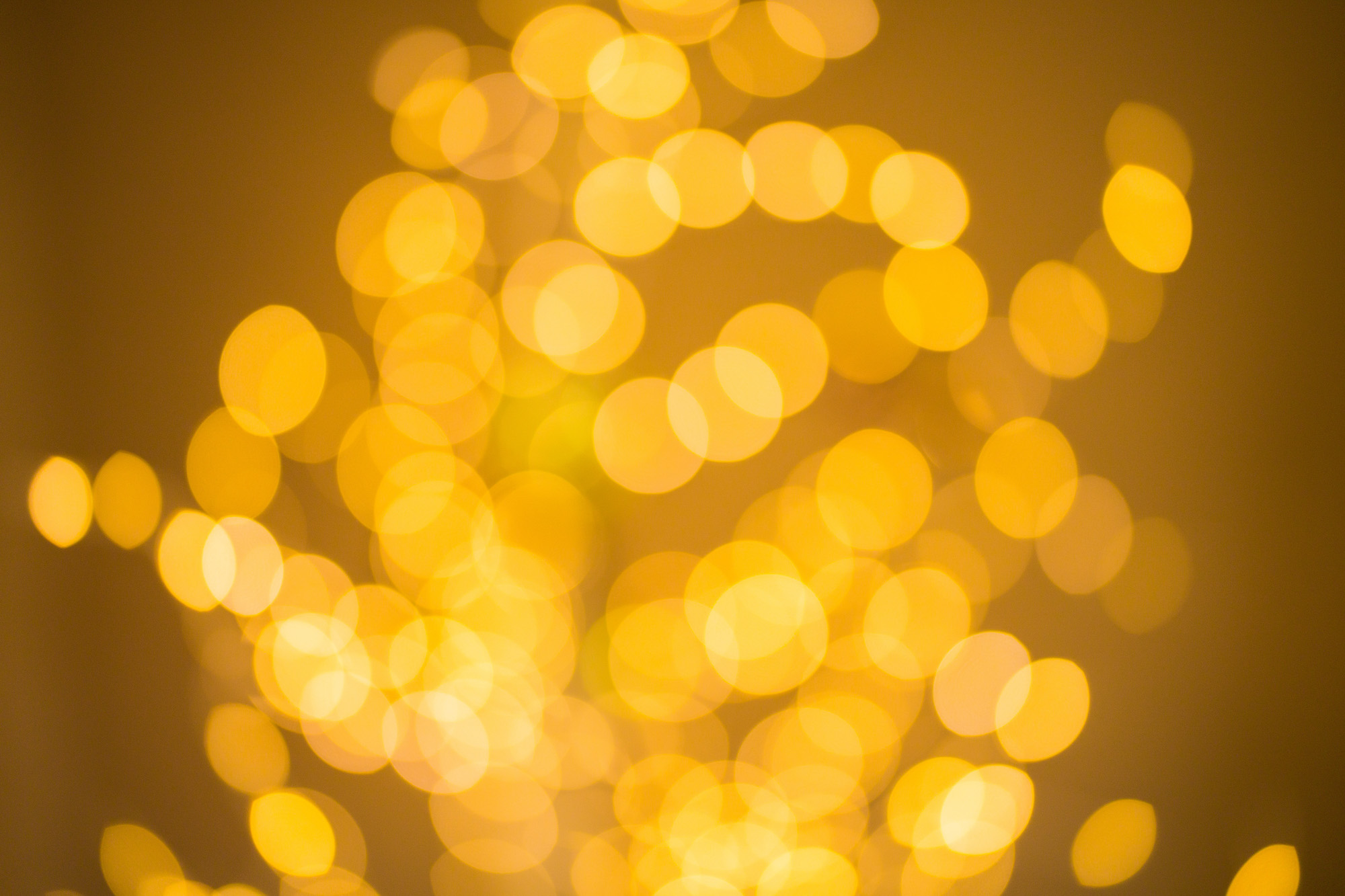
Learn more and pre-order yours!
available for Sony E-mount & L-Mount
And if you want to see and hear my review, check out my YouTube channel!

